Key Takeaways
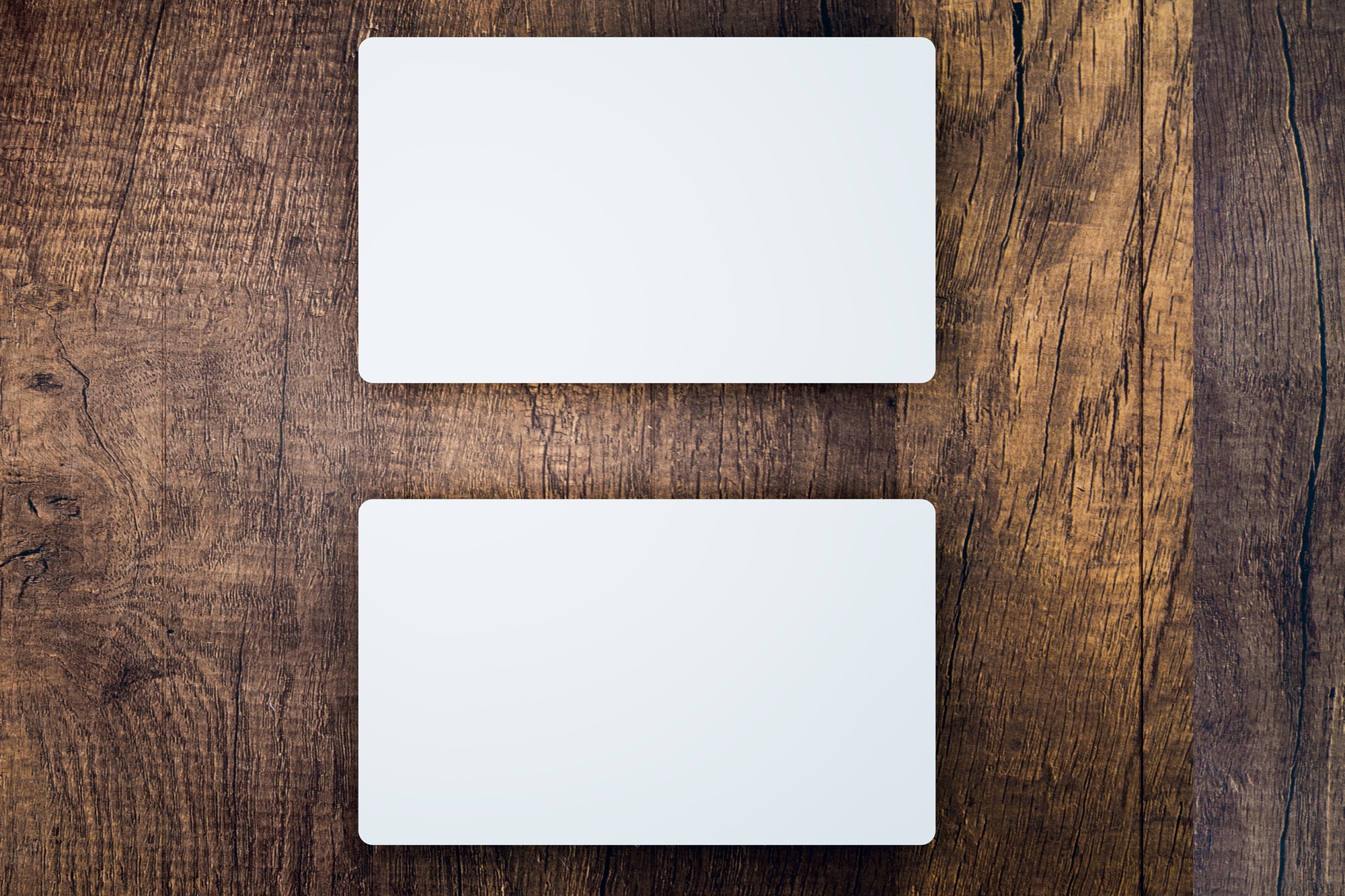
- User-Friendly Design: Canva allows users of all skill levels to create professional business cards easily, making design accessible to everyone.
- Template Variety: The platform offers a multitude of customizable templates, enabling users to select styles that reflect their brand and industry.
- Essential Information: Include crucial contact details such as name, title, company name, and contact information to ensure potential clients can reach you easily.
- Brand Consistency: Incorporate branding elements like logos, colors, and professional fonts to strengthen brand recognition across your marketing materials.
- High-Quality Printing: Export designs in suitable file formats, like PDF, and choose reputable printing services to ensure your business cards look polished and professional.
In today’s competitive market, a well-designed business card can make all the difference in leaving a lasting impression. Whether you’re networking at an event or meeting a potential client, your card is often the first glimpse people get of your brand. Thankfully, creating stunning business cards is easier than ever with Canva, a user-friendly design platform that puts creativity at your fingertips.
With its extensive library of templates and intuitive tools, Canva empowers you to craft unique business cards that reflect your personal style and professional identity. You don’t need to be a design expert; just a few clicks can transform your ideas into a polished final product. Let’s dive into how you can leverage Canva to create eye-catching business cards that stand out and help you connect with your audience.
Getting Started With Canva
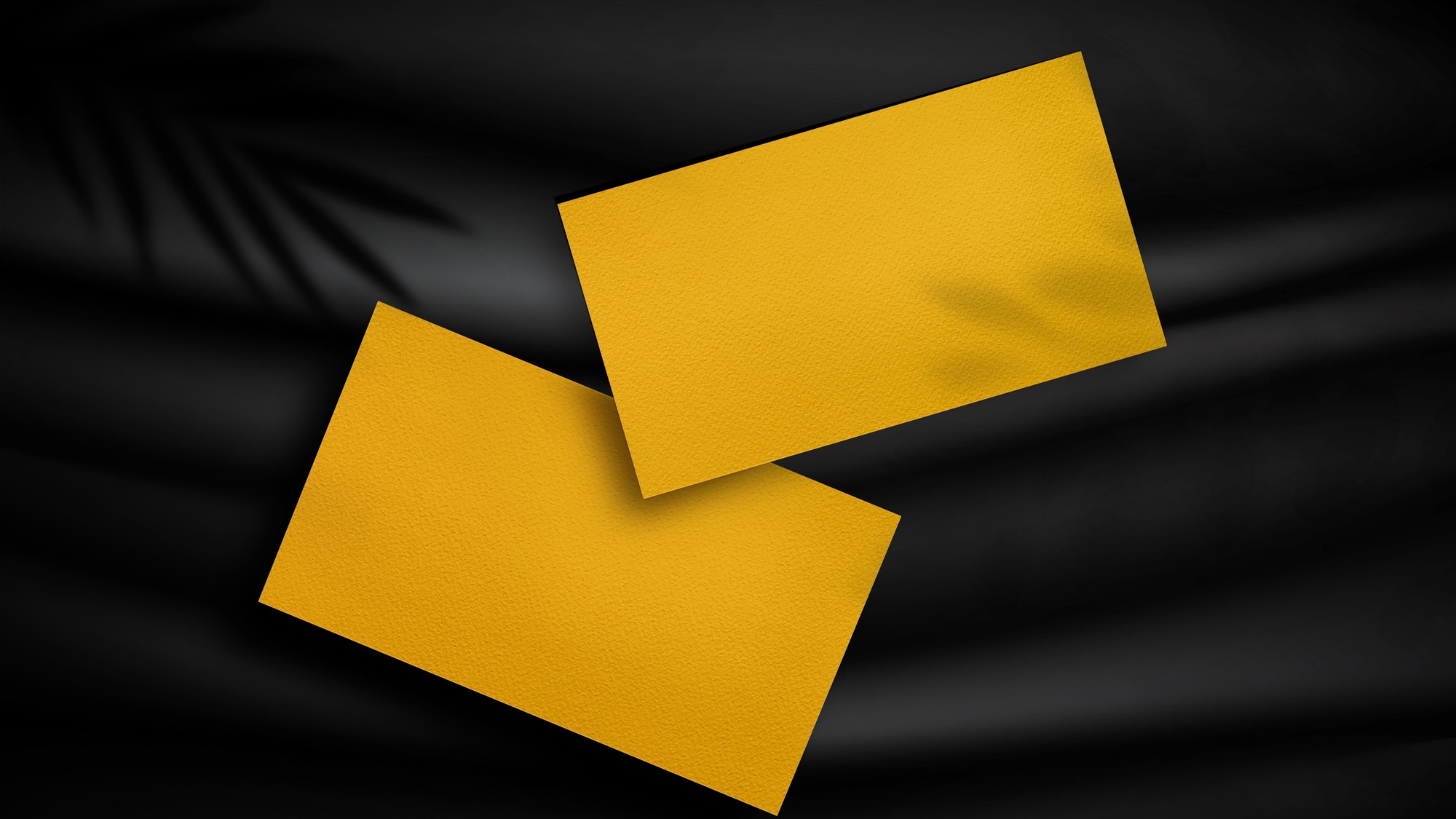
Creating high-quality business cards using Canva starts with a simple setup. You can quickly establish an account and dive into design.
Creating an Account
You can create an account on Canva in minutes. Visit the Canva homepage and click on the “Sign up” button. Choose to sign up using your email, Google account, or Facebook account for quick access. Once registered, you can explore free templates suitable for your small business needs. Upgrading to a Pro account offers more features, including premium templates and additional design elements.
Navigating the Interface
You’ll find the Canva interface user-friendly, making design tasks straightforward. After logging in, you’ll see a dashboard featuring design categories, including “Business Cards.” Selecting this option presents countless templates. Use the search bar to filter designs by style or industry. Drag and drop elements, such as text boxes and images, directly onto your canvas. Utilize the left sidebar to access text, images, and backgrounds to customize your card quickly.
Designing Your Business Card

Creating a business card in Canva enhances your brand’s visibility and professionalism. Your card reflects your identity, making it essential to design it thoughtfully.
Choosing the Right Template
Select a template that aligns with your small business’s branding. Search the Canva template gallery for “business card” to browse various options. Focus on templates that showcase your industry style, whether it’s modern, classic, or artistic. Look for layouts that suit your information needs while ensuring they remain visually engaging to attract potential clients.
Customizing Your Design
Customize your chosen template to make it uniquely yours. Set the standard U.S. business card size at 3.5 inches by 2 inches. Incorporate your company logo, choose colors that represent your brand, and select fonts that convey professionalism. Utilize Canva’s tools, such as elements and grids, to add images and shapes that reinforce your message. For double-sided cards, add a new page to design the back, ensuring your contact information stands out to potential customers.
Adding Essential Elements

To create an effective business card on Canva, include key elements that represent your small business professionally. Focus on clarity and branding to leave a memorable impression.
Including Contact Information
Ensure your business card features essential contact details. Include:
- Your name
- Title
- Company name
- Contact information (email, phone number, website URL, or a QR code)
Replace the template’s placeholder text with your accurate information. Use a minimum font size of 6pt to maintain legibility, making adjustments to size, weight, and letter spacing as necessary for clarity. This information is crucial for potential clients to easily reach you.
Incorporating Branding Elements
Incorporate branding elements that reflect your small business identity. Use your logo to establish brand recognition. Select colors that align with your brand essence, reinforcing your business’s unique personality. Choose professional fonts that enhance readability and fit your industry standards. Use Canva’s design tools to add shapes or images that complement your branding, ensuring consistency across all marketing materials.
Printing Your Business Cards
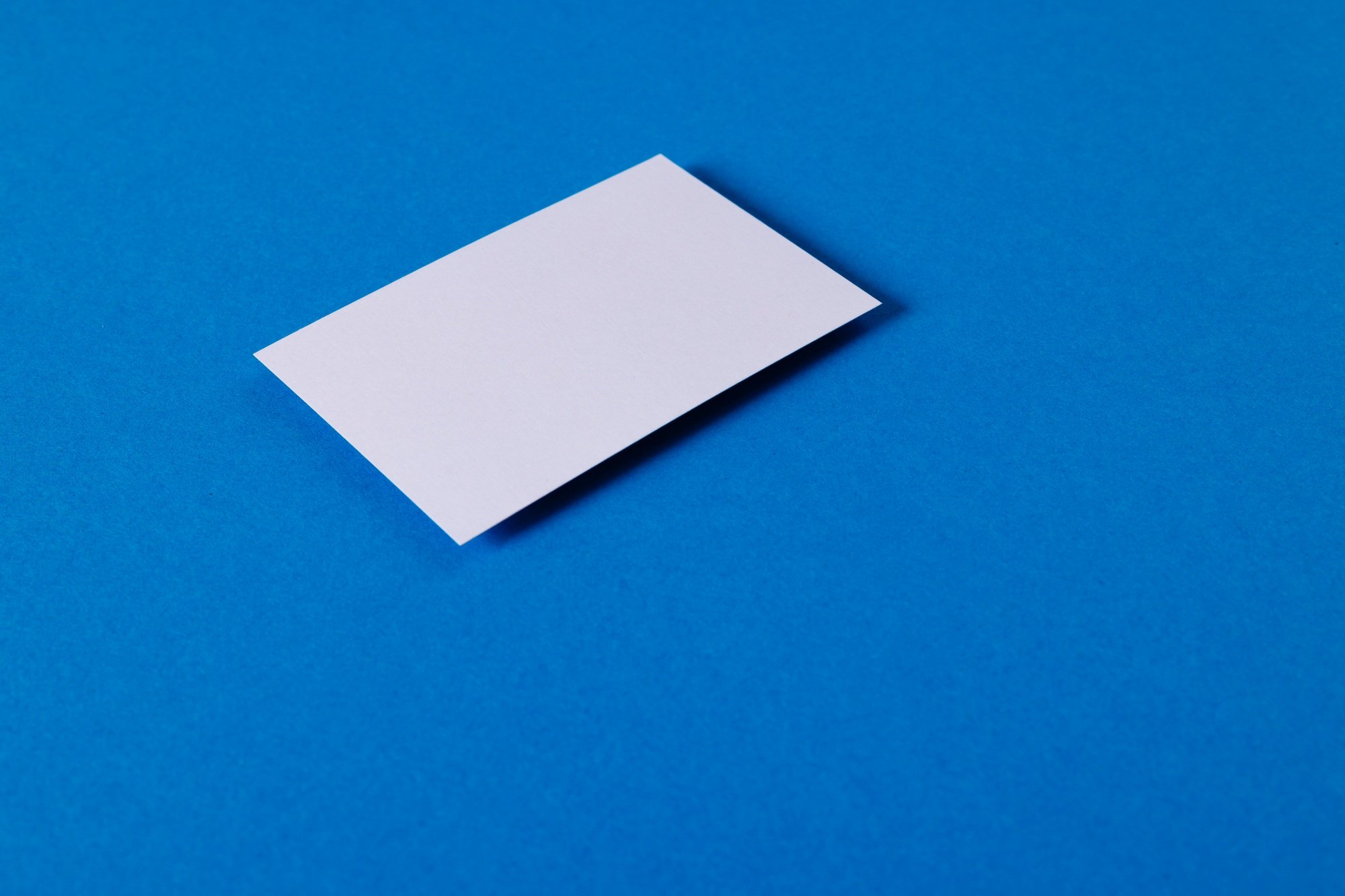
After designing your business card in Canva, the next step involves preparing it for printing. Selecting the right file format and printer ensures your small business cards look professional.
File Formats for Printing
Export your business card design in high-quality file formats suitable for printing. Use PDF for its versatility and high resolution, ideal for most printers. Alternatively, you can choose PNG or JPG formats, especially if your printer requires these. Always select the “print” option during the download process to maintain the highest fidelity, which helps your cards stand out.
Recommended Printers
For optimal results, consider using reputable printing services known for quality and reliability. Local print shops often provide personalized service, while online platforms like Vistaprint and Moo offer various options tailored for small businesses. Both options allow you to choose finishes such as matte or glossy, enhancing the overall look of your cards. If you’re printing in-house, ensure your printer supports cardstock and has high-resolution capabilities for the best results.
Conclusion
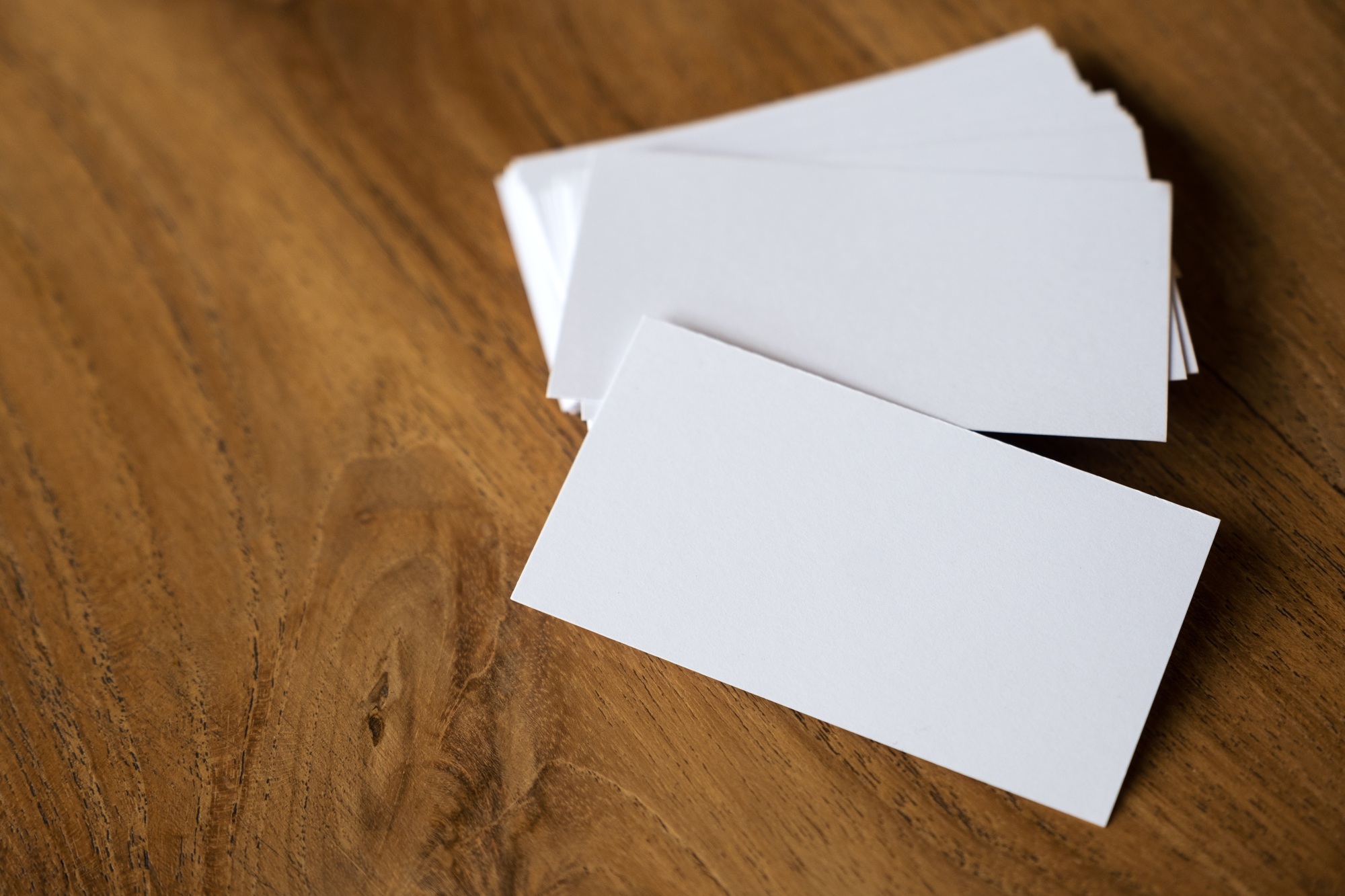
Creating a standout business card on Canva is a straightforward process that can significantly elevate your professional image. By leveraging the platform’s user-friendly features and extensive templates, you can craft a card that truly represents your brand.
Remember to focus on clarity and essential contact details while ensuring your design aligns with your business identity. Once you’ve finalized your card, exporting it in the right format and choosing a reputable printing service will ensure your cards look polished and professional.
With these tips in mind, you’re well on your way to making a memorable impression with your business cards.
Frequently Asked Questions
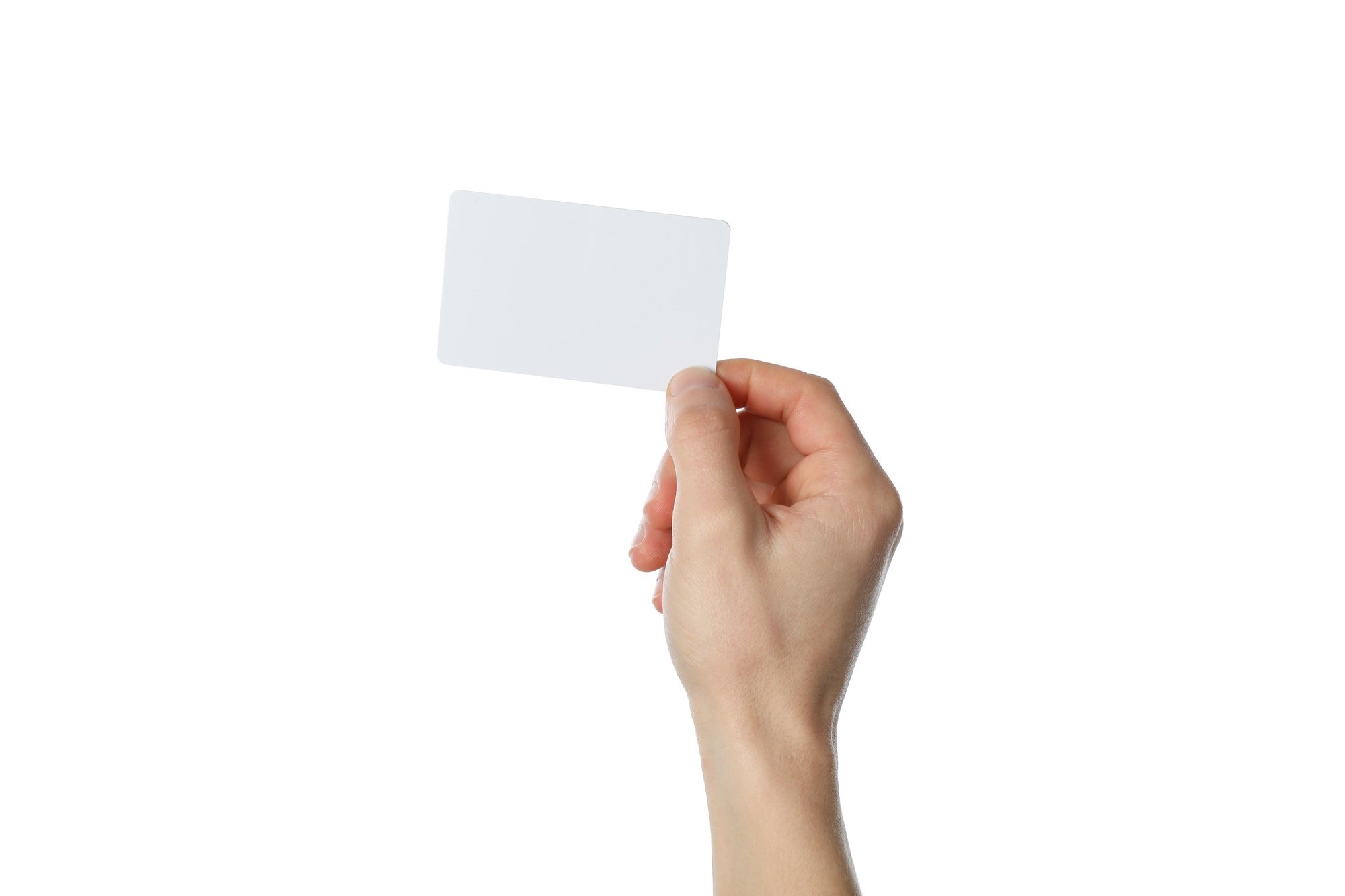
What is the importance of a well-designed business card?
A well-designed business card makes a lasting impression and enhances brand visibility in a competitive market. It reflects your professional identity and helps potential clients remember you.
How can Canva help in creating business cards?
Canva simplifies the process of designing business cards with its user-friendly platform, offering a wide range of templates and customization tools, making it accessible even for those with no design experience.
How do I get started with Canva?
To start with Canva, create an account using your email, Google, or Facebook. This process takes just a few minutes, allowing you to explore templates and begin your designs quickly.
What essential elements should I include on my business card?
Include your name, title, company name, and multiple contact methods (email, phone, website) on your business card. Clarity and brand consistency are crucial, so choose appropriate fonts and colors.
What is the standard size for a business card in the U.S.?
The standard size for a business card in the U.S. is 3.5 x 2 inches. This size ensures your card fits easily into a wallet or cardholder, making it convenient for sharing.
How can I prepare my business card for printing in Canva?
After designing your card, export it in high-quality formats like PDF or PNG. Select the “print” option during download and choose a reputable printing service to ensure a professional finish.
Which printing services do you recommend for business cards?
Consider using reputable printing services like Vistaprint or Moo for high-quality business cards. Local print shops can also provide great options, offering various finishes to enhance your card’s appearance.
What are some customization tips for my business card?
Choose a template that reflects your brand, incorporate your logo, use brand colors, and select professional fonts. Ensure all information is accurate and maintain a minimum font size of 6pt for readability.
Image Via Envato



